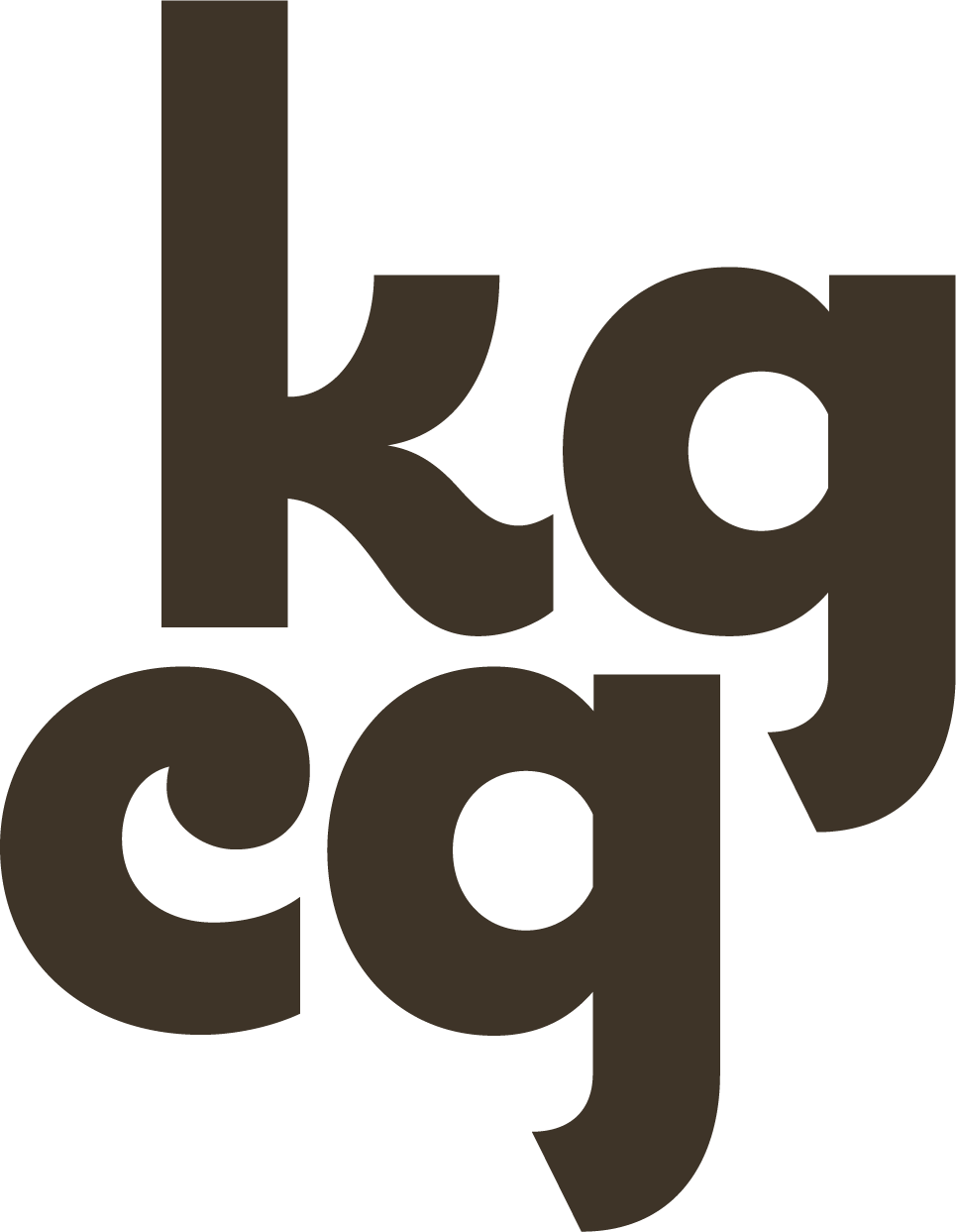“I have been in political workspaces in which I had to advocate for closed captions on videos and transcription. And most times those accommodations were far and in-between, and I had to find alternative ways to make it work.”
Are you tired of living in a world where differences are not celebrated but rather shunned? At NAMED Advocates, we believe in inclusivity for BIPOC-disabled communities and the strength of embracing diversity. Creating an inclusive society requires collective action and a commitment to dismantling barriers that limit the full potential of individuals with disabilities. It takes one powerful voice to push for change, but imagine the possibilities if we all pitched in.
Together, let’s explore 10 ways to foster inclusivity to ensure that everyone has an equal shot at success and life.
Educating Others
Inclusive societies and workplaces are built on the foundation of education. The first step towards inclusivity is raising awareness and challenging stereotypes surrounding disabilities. In order to embrace differences, we must first advocate for diversity and disability awareness training programs in schools, workplaces, and community organizations. These programs help to dispel misconceptions and promote understanding, creating a safe and supportive environment for everyone.
Breaking Down Physical Barriers
Inclusivity starts with accessibility. This includes designing physical spaces, public transportation, websites, and digital content with universal accessibility in mind. When we get rid of physical barriers, we unlock a world of possibilities for everyone to be involved and engage in everyday life. Think about it – with accessible spaces and transportation, people with disabilities can move around independently and confidently. With accessible websites and digital content, people with visual, auditory, or cognitive disabilities can access information more easily. We have a great resource that offers a basic understanding of accessibility. Make sure to check it out!
Offering Equal Opportunities
It is crucial to promote equal employment opportunities for people with disabilities. Get out there and encourage companies to adopt inclusive hiring practices and provide reasonable accommodations to make the workplace accessible. If you run a business or company, consider hiring BIPOC-disabled individuals. When we foster a diverse and inclusive workforce, we provide opportunities and tap into vast potential and talents. Plus -diversity and inclusivity also help create a more productive and innovative workplace!
Promoting Inclusive Language
Language is powerful. Let’s be mindful of how we use it and consciously try to speak with inclusivity in mind. Doing so shows our respect and appreciation for individuals with disabilities. We can empower them by embracing person-first language that highlights their strengths and capabilities before their disability. This small change can have a significant impact. And remember, if you’re ever unsure, ask. One of our guest speakers at NAMED, Lydia Brown, has a list of commonly used ableist phrases. Take some time to read through it!
Amplifying BIPOC-Disabled Voices
Imagine a world where everyone is represented in the media, literature, and other platforms. That’s the world we should strive for! Representation of BIPOC people with disabilities is just as important as representation of any other group. When we advocate for a positive portrayal of BIPOC individuals with disabilities, we help to break down stereotypes and foster a sense of belonging. We also amplify the talent of underrepresented groups.
Bridging the Digital Divide
In the digital age, accessibility is a necessity! We need to advocate for accessible features in technology and digital platforms. By striving to make web content, apps, and assistive technologies accessible, we can bridge the gap between those with access to technology and those without access. Accessible features include alt text for images, closed captions for videos, and keyboard shortcuts for navigation. These features can make a significant difference in the lives of people with disabilities.
Promoting Connection
We all want to live in a world where everyone feels loved and supported, right? Well, one way we can make that happen is by creating truly inclusive communities. Imagine a place where individuals with disabilities are not only accepted but celebrated for their unique perspectives and experiences. By encouraging social activities and events that bring people from diverse backgrounds together, we can help foster connections that will impact so many lives in a positive and uplifting way.
Advocating for Policy Change
When it comes to creating a more inclusive society, advocacy and policy change go hand in hand. One way to promote equal rights and accessibility is to support disability rights organizations and actively participate in advocating for policies. This not only helps to influence systemic shifts, but also creates lasting change that benefits the entire community. Stand up for what’s right and make your voice heard!
Understanding Intersectionality
Inclusivity isn’t just creating a fair and just society. It also involves intersectionality and the acknowledgment that individuals with disabilities may also identify as part of other marginalized groups. We must understand the unique challenges that people with disabilities face due to their intersecting identities and work towards a more inclusive society that encompasses all aspects of a person’s identity. Especially for the BIPOC and LGBTQ communities.
Sharing Powerful Stories
By amplifying the voices of individuals with disabilities and sharing their stories, experiences, and accomplishments, we can motivate others and challenge societal norms. It’s amazing to see how highlighting strengths can make a positive impact and foster a culture of acceptance and respect for diversity. Get involved and amplify BIPOC disabled voices to share their perspectives, dreams, and stories.
